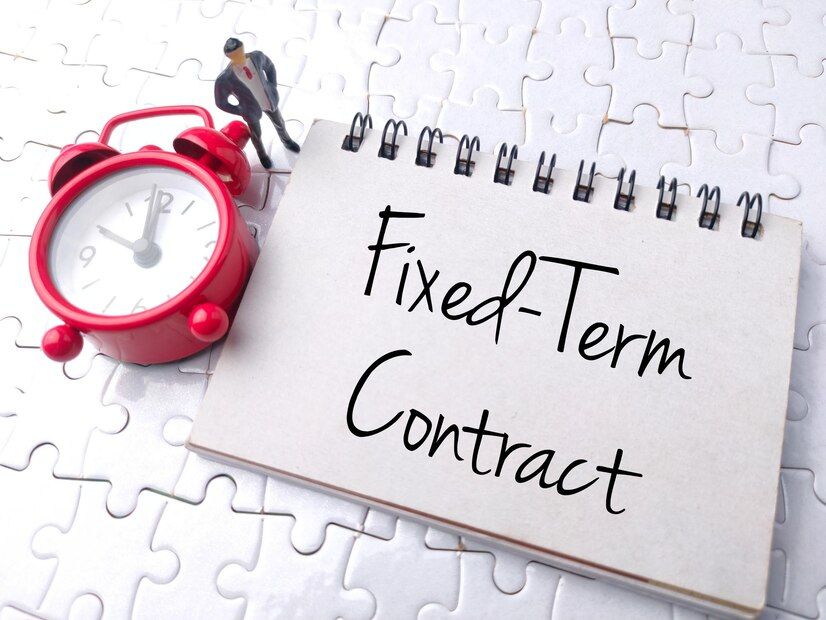Fixed-rate terms last for a set period of time that is prearranged between you and your lender. Fixed-rate periods last between one and five years. When your fixed rate term ends, your loan will usually revert automatically to the standard variable interest rate unless you have provided instructions to refix your loan.
Repricing with your current lender
Lenders may not apply the lowest interest rate they offer when a loan reverts to a variable rate.
But, you can ask for a reprice to a more competitive rate. If you do find a more competitive rate with a different lender, you could also ask your current lender if they can match it.
Refinancing to a different lender
Once your fixed rate term ends, you may be able to refinance to a different lender.
While the interest rate is a key factor when choosing a loan product, it’s important to know the ‘true cost of switching’.
You may see tempting cashback offers from lenders, or lower rates advertised, but there is a myriad of fees and charges involved in setting up a new loan that you will need to consider.
If your loan-to-value ratio (LVR) is above a certain limit – usually 80% LVR – you may be required to pay Lenders Mortgage Insurance if you refinance.
As the end of your fixed rate term approaches, it’s important to plan ahead and talk to your mortgage broker about what your new, or roll-off interest rate and repayments might be and what your options are.



